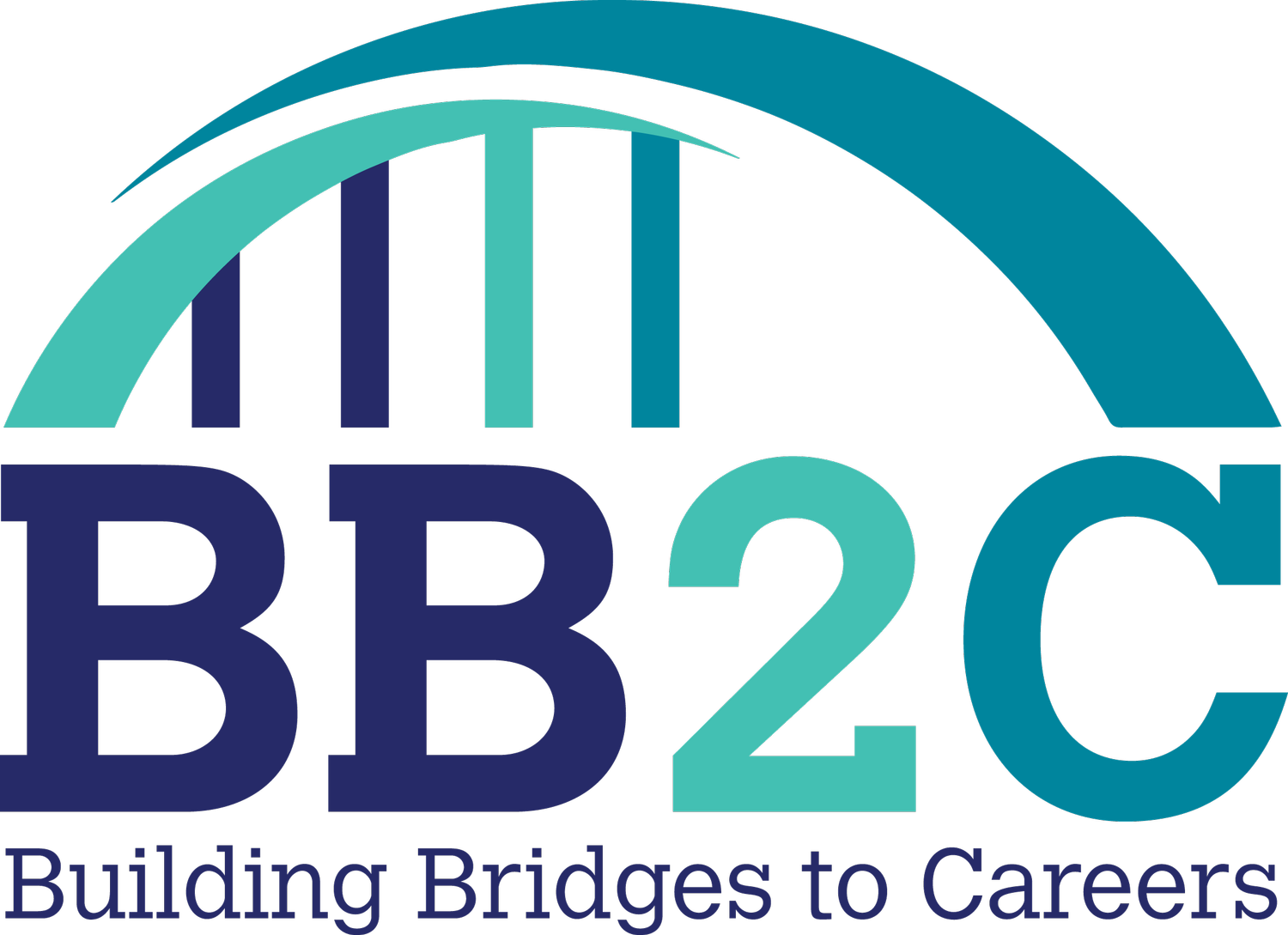BB2C Projects: Problem Scenario goes on the road
Twenty-five Athens and Ross county high school students and their teachers, 8 Scripps Innovation Scholars, 5 OU Eastern middle education students, Rural Action staff and Americorps were included in multi-generational teams that all worked on solutions to the same problem scenario: Communications professionals need to know the most powerful and effective way of communicating about environmental issues to people in rural areas.
The Scripps College of Communication at Ohio University opened their doors last Friday to this group of people intending to develop possible solutions to an ever evolving problem - news deserts. News entities dying on a local level are leaving local news deserts. This is impacting rural areas the most, where local radio stations, newspapers, and even TV stations are bought by national corporations and/or shut their doors completely. This results in a decrease of reports about local news, and an increase in reports about global news. How are rural residents supposed to be included in decision making that affects their homes, water quality, livelihood, etc., when they aren’t aware that decisions are being made on their behalf?
The day started with a series of presentations from area media and related experts to shed some light on the two prongs of the problem scenario, media and rural environmental issues. Athens News, WOUB, Ohio University, Ohio State University, Rural Action, and the Sunrise Movement all described things to be considered when working on solutions to this particular scenario.
With this information, 6 teams brainstormed, collaborated, and developed ideas about how to address this issue. Each team then pitched their ideas back to the presenters at the end of the day. Two solutions were highlighted: a) Creating an app for people that already enjoy the outdoors and would have a vested interest in keeping this resource available, like hunters, fishers, hikers, those who enjoy local waters in a variety of ways, etc. The app would be used to record weather data by the user, taking advantage of the citizen science concept. The idea being that rural citizens could observe their own environment, taking note of patterns and changes in their app that might indicate something is wrong; b) Design a billboard to be placed on a rural road that would provide a message and a call to action. Other solutions included ways to reach each generation differently (school aged students, parents, grandparents). Adding a climate elective in high school and creating catalogs that would be sent directly to residents through the mail are two such examples.
One thing is for certain, this particular problem scenario brought a real life problem to light for many area students, which is the point. All involved practiced their problem solving skills, critical thinking skills, communication, collaboration, citizenship, and many other competencies that are so vital to possess in order to be a part of the world today. If you haven’t heard about news deserts, ask any local reporter about their thoughts on this topic. For more real world problem scenarios that students can work on solving, check out our webpage: BB2C Problem Scenarios Project
